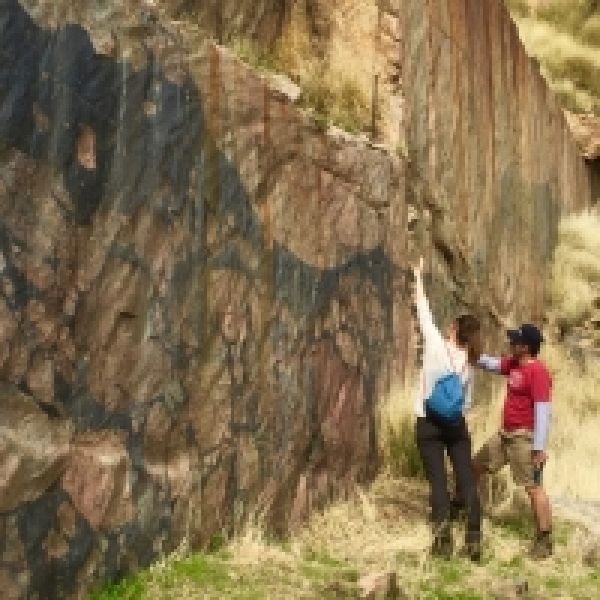The study, published today in Nature Communications, charts the life cycle of sulphur over hundreds of millions of years, from its origins as a volcanic gas emitted into the primordial atmosphere and oceans, and all the way throughout its journey across the earth’s deep crust.
Sulphur plays a critical role in a variety of fundamental earth processes as it regulates the global climate, is essential to the living cell, and is the primary molecule necessary to transport and concentrate precious metals such as gold and platinum.
The team, which included researchers from Canada’s Université Laval and McGill University, initially set out to better understand the behaviour of sulphur in the ancient earth. During the process the researchers were able to create a technique using sophisticated technology based at UWA that could help explorers identify new mineral-rich provinces in Australia and around the world.
Continue reading at University of Western Australia
Image via University of Western Australia


